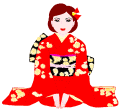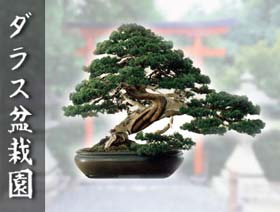|
Native
to Asia and the Mediterranean basin, where it prefers the
mildest zones, this deciduous large-leave tree is grown for its
flowers and fruits. The flowers, that start blossom in summer,
are usually scarlet red, but you can find some simple or double,
white, pink or yellow varieties. The fruits, round and hard, are
yellow-red variegated and contain the seeds, covered with an
edible juicy pulp.
|





